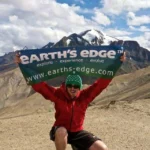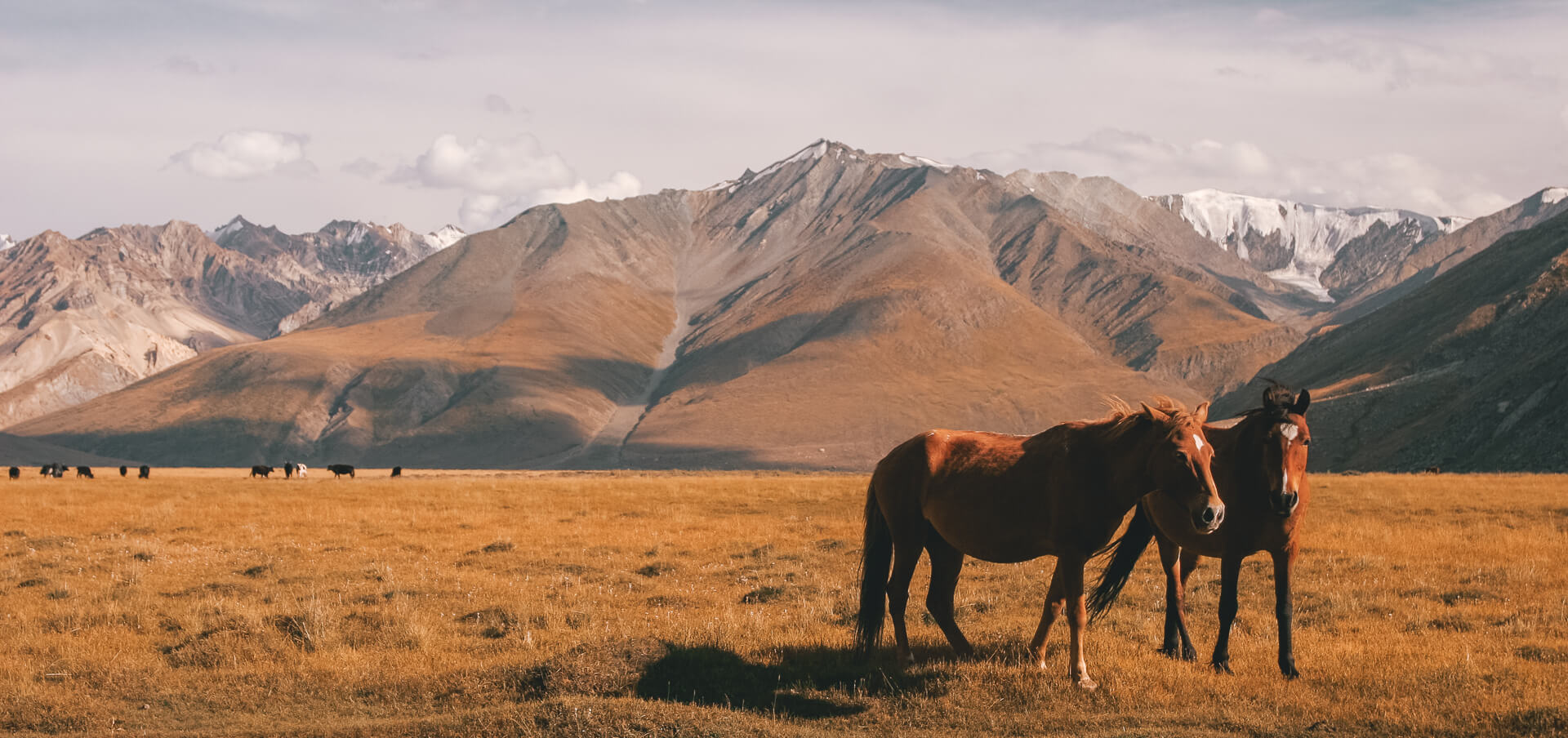Expedition Levels
Please note we do our very best to categorize our expeditions and treks accurately. Our expedition level system is only useful as a guideline and is extremely subjective. You should conduct your own research on how difficult our itineraries are prior to booking to determine if they are suitable for your fitness and skill level.
Weather and conditions in general play a massive part in determining how difficult a specific expedition might be. For example, heavy rain or high winds can make any given day on an expedition much tougher than expected.
The following levels only refer to the physical exertion on a given expedition taking into account the duration of an expedition, the duration of each day, altitude gain/loss, level of porterage, remoteness and likely weather conditions. They do not take into account the technical difficulty of any itinerary. For example, some of our expeditions require experience using crampons and an ice axe on snow and ice.
Level 1
Very easy short walks on level ground at or just above sea level. Example: Walking your dog on the beach.
Level 2
An average of 4 hours of physical activity per day at low altitudes. Example: Camino de Santiago.
Level 3
An average of 4 to 6 hours per day at altitudes not usually exceeding 4,500 metres. Some days may be up to 7 to 8 hours long but that is not typical. Typical elevation gain per day would be 300 – 700 metres. As a rough guide, you should be comfortable hillwalking for 5 to 6 hours per day for two days in a row. Example: Annapurna Base Camp.
Level 4
An average of 5 to 7 hours per day at altitudes not usually exceeding 5,500 metres. Some days may be up to 12 hours long but that is not typical. Typical elevation gain per day would be 400 – 800 metres, with some days as much as 1000 metres. As a rough guide, you should be comfortable hillwalking for 6 to 7 hours per day for two days in a row. Example: Everest Base Camp.
Level 5
An average of 6 to 8 hours per day at altitudes not usually exceeding 6,000 metres. Typically, it will involve one long day of 10 to 15 hours to reach a summit. Typical elevation gain per day would be 500 – 1000 meters, with at least one day over 1000 metres. As a rough guide, you should be comfortable hillwalking for 7 hours per day for two days in a row. Example: Kilimanjaro.
Level 6
An average of 6 to 8 hours per day at altitudes not usually exceeding 6,300 metres. Typically, it will involve one long day of 10 to 15 hours to reach a summit. Typical elevation gain per day would be 500 – 1000 meters, with at least one day over 1000 metres. As a rough guide, you should be comfortable hillwalking for 8 hours per day for two days in a row. Example: Kang Yatse II
Level 7
An average of 6 to 8 hours per day at altitudes not usually exceeding 6,500 metres. Typically, it will involve one long day of 10 to 15 hours to reach a summit. Typical elevation gain per day would be 500 – 1000 meters, with at least one day over 1000 metres. Added to this will be the remote location of the expedition. As a rough guide, you should be comfortable hillwalking for 8 hours per day for two days in a row. Example: Mera Peak.
Level 8
An average of 6 to 8 hours per day at altitudes not usually exceeding 7,000 metres. Typically, it will involve one extremely long and/or tough day to reach a summit. Typical elevation gain per day would be 500 – 1000 meters, with at least one day over 1200 metres. Added to this will be the remote location of the expedition and the fact that you will typically need to carry your own equipment. You should be comfortable withstanding harsh mountain conditions for several days in a row. The itinerary is likely to change due to weather conditions. As a rough guide, you should be comfortable walking for 8 hours per day carrying a 20kg pack for two days in a row. Example: Aconcagua.
Level 9
An average of 6 to 8 hours per day at altitudes not usually exceeding 7,500 metres. Typically, it will involve one extremely long and/or tough day to reach a summit. Typical elevation gain per day would be 500 – 1000 meters and with at least one day over 1200 metres. Added to this will be the remote location of the expedition, the fact that you will typically need to carry your own equipment and that most of the route will be heavily glaciated. You should be comfortable withstanding harsh mountain conditions for several days in a row on a long expedition. The itinerary is likely to change due to weather conditions. As a rough guide, you should be comfortable walking for 8 hours per day carrying a 20kg pack for two days in a row. Example: Peak Lenin.
Level 10
One of the world’s fourteen 8,000m peaks. Expeditions typically take between 40 and 70 days. You should be completely self-sufficient above 7,500 metres. You should be tougher than tough and enjoy physical & mental hardship. Long taxing training sessions where you finish exhausted should put a smile on your face. Example: Everest.
- Level 3: Annapurna Base Camp.
- Level 4: Everest Base Camp, Kenya Tri-Adventure
- Level 5: Kilimanjaro, Machu Picchu
- Level 6: Kang Yatse II, Ladakh Tri-Adventure.
- Level 7: Island Peak, Mera Peak, K2 Base Camp.
- Level 8: Elbrus, Aconcagua.


